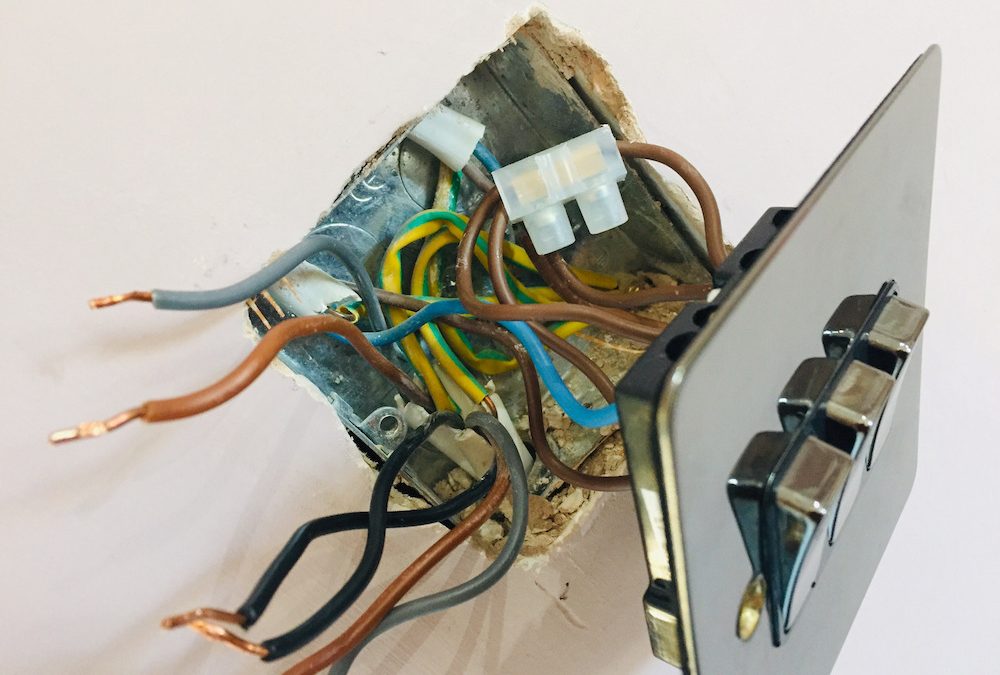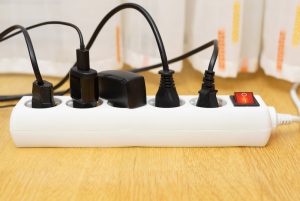Electricity and electrical faults pose a significant danger to people. According to the Australian Institute of Health and Welfare data, 1,065 persons were hospitalized due to electric injuries between July 1, 2014 and June 30, 2016.
Proper grounding, bonding, and earthing can lower the risk of electrocution, protect equipment, and save money by avoiding costly repairs caused by electrical short circuits.
They have similar functions to protect people and equipment, but they also have some differences.
However, even some professionals use the terms interchangeably, and they get confused with the distinction between grounding, earthing, and bonding. So let us look at their description and functions.
Bonding
Bonding, also known as electrical bonding, is the process of permanently attaching and combining two electrical conductors such as pipes, machines, devices, and any metallic pieces in power systems.
Bonding ensures that the two joined objects have the same electrical potential. There will be no discharge if all of the conductors have the same electrical potential. It will mean they will not have electricity accumulating in one piece or between two pieces of equipment.
If someone touches non-electrically bonded equipment, they risk getting an electrical shock due to the difference in the electrical potential. Bonding decreases the possibility of an electrical shock, particularly if a person comes into contact with the two separate metal parts.
Earthing
Earthing is used to protect electrical equipment and people by discharging electrical current to the earth. Earthing refers to connecting dead parts, which do not carry current under normal conditions to the earth. These components may include support, fencing, frames, enclosures, or other dead parts.
Earthing is generally accomplished by placing metallic rods or other electrodes into the earth. In addition, earthing can trigger the fuse or trip the circuit breaker when there is a flaw in the circuit, cutting off the electrical current.
In other words, if there has been a fault in the installation of electrical wiring or power point installation and a live metal component is touched by somebody, the electrical current will go through your body on its way to the earth and you will experience and electrical shock. Earthing is simply put: a protective conductor or path for an electrical current to go through when there is a fault.
Grounding
Grounding involves connecting the live part, which carries electricity under normal conditions, to the earth. A metallic ground rod is the most typical grounding electrode for small facilities or homes. Grounding protects your home, appliances, and people against electrical surges.
Power surges caused by electrical faults or even lightning strikes create high voltage in your system. For example, if your power surges for whatever reason, it establishes dangerously high voltages in the system.
Grounding is done by connecting a neutral wire to the earth. Without a properly grounded electrical system, your appliances are at risk of being damaged by power surges. When your electrical system is grounded correctly, the excess power flows into the earth instead of damaging anything connected to the system.
If you are concerned that your older home is not up to standard with electrical safety requirements, contact us for an electrical safety inspection today.



